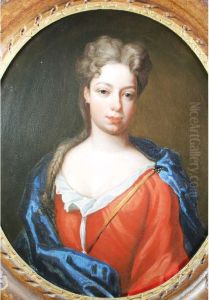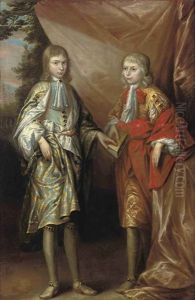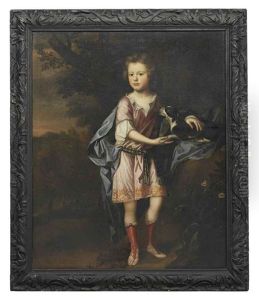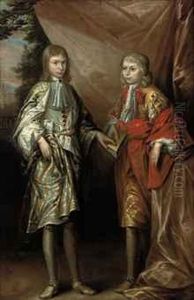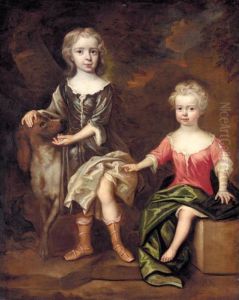Robert Byng or Bing Paintings
Robert Byng, also known as Robert Bing, was an English artist born in 1666. Not to be confused with any contemporaneous figure of a similar name, Byng was primarily known for his work as an engraver. His exact place of birth is not widely documented, but Byng's career was closely associated with London, which was a thriving center for the arts and engraving during the late 17th and early 18th centuries.
Byng's work typically involved engraving illustrations for books, a common practice of the time used to embellish and interpret literary works for readers. Engraving was a meticulous process that required a high level of skill and patience, as the artist had to carve designs into metal plates, usually copper, which were then inked and pressed onto paper to create prints. Byng's engravings would have been used to produce multiple copies for distribution, making art more accessible to the public and helping to disseminate knowledge through visual means.
Information about Byng's personal life, training, and the full scope of his oeuvre is somewhat limited, as is often the case with artists who were not at the very forefront of their field during their lifetimes. However, his contributions to the world of book illustration and the craft of engraving were part of the broader tapestry of the printmaking world in early modern England. Byng's death occurred in 1720. While he may not have achieved the same level of fame as some of his contemporaries, his work remains a testament to the skill and effort required to produce the detailed illustrations that brought the written word to life during his era.
